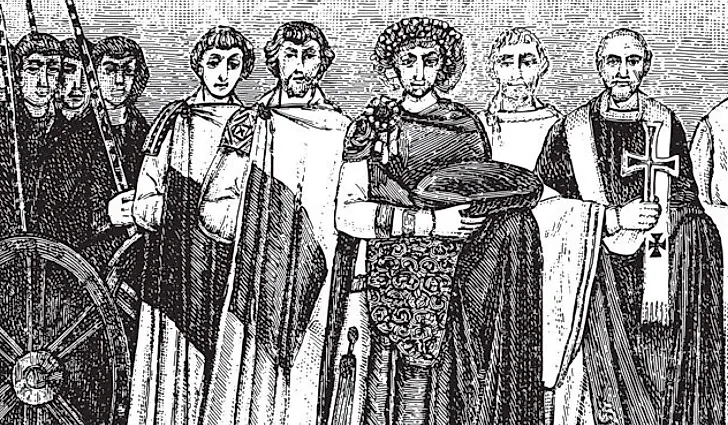What Was the Plague of Justinian?

Several plagues have been reported in the world’s history which have caused millions of death within a short period. One of the deadliest plagues is the Plague of Justinian which caused millions of deaths and can only be compared to the Black Death that killed almost half Europe’s population in the 1300s. The Plague of Justinian broke out during the reign of Emperor Justinian I and lasted about one year (541-542), resulting in the death of millions of people. The pandemic afflicted the Eastern Roman Empire and was more severe in the capital Constantinople. Plague of Justinian recurred several times until the 8th century. The plague had a major impact on the European history.
Origin, Transmission, and Spread
The Plague of Justinian is regarded as the first recorded epidemic based on the description of the clinical manifestation of the epidemic. Based on the samples taken from the remains of the 14th-century victims, it is suggested that the plague arose from Yersinia pestis. Some researchers have linked the plague to a strain of bubonic plague which can be dated to evolutionary radiation. Yersinia pestis originated from China and some parts of India and was carried Great Lake regions of Africa through the trade routes. Egypt is considered the point of origin for the Plague of Justinian.
The Plague of Justinian was transmitted by the rats which were carried on the grain ship and carts that were sent to Constantinople as a tribute. In the 8th century, North Africa was the major source of grain for the empire. The grains were stored in warehouses which provided perfect breeding grounds for rats and fleece which were responsible for the plague. The epidemic was first reported in 541 from the port of Pelusium in Egypt. The plague spread in two different directions; east to Palestina and north to Alexandria.
The spread of the Plague of Justinian throughout the Byzantine Empire was facilitated by war and trade. Justinian’s early years were spent in the war for the control over Italy. It has been suggested that the soldiers and the supplies supporting his military efforts were a means of transmission of the rats and fleas carrying the plague. The capital Constantinople was located at a crossroad for trade routes and where the trade commerce went so did the rats go.
Symptom and Mortality Rate
The victims of the Plague of Justinian are described by Procopius as people suffering from delusion, high fever, and swellings in different parts of the body including armpits, groins, and behind the ears. The swellings were filled with pus. While some lapsed into comas, others died almost immediately while the rest of the victims suffered for days before death.
Although the number of deaths is not clear, scholars believe that the Plague of Justinian killed about 5,000 people daily in the capital at its peak. Consequently, approximately 40% of the population of Constantinople perished from the plague and about 25% of the empire’s population (50 million) died.
Treatment
The victims of the plague were either treated by the medical personnel or by means of home remedies. However, lack of enough medical personnel meant that home remedy was the popular treatment. Some of the home remedies included cold-water bath, drugs such as alkaloids, and powders “blessed” by the saints. Those who survived the plague were credited with good fortune and also had a strong immune system.











